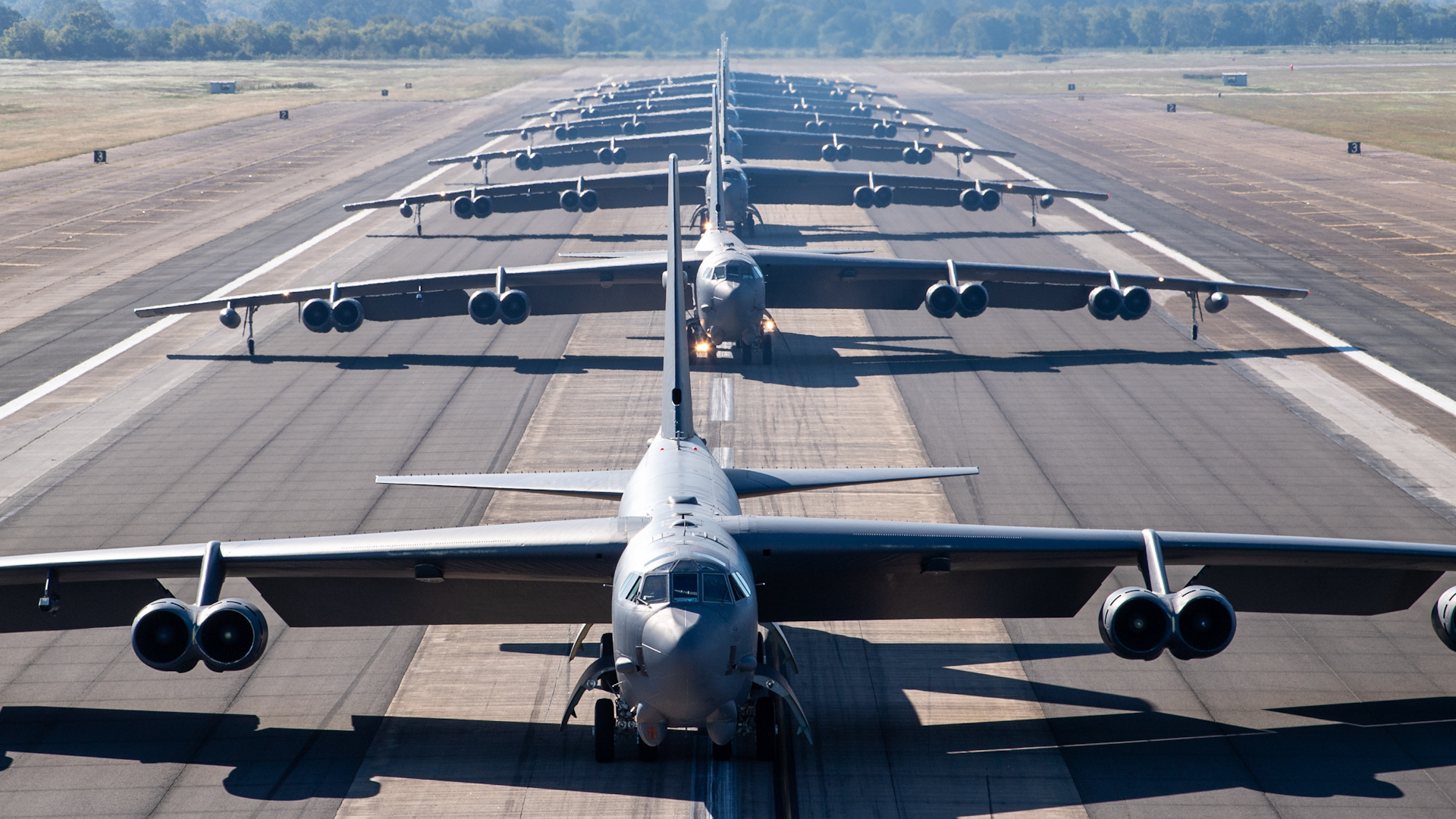
[ryan robertson]
THE PENTAGON IS RECALIBRATING ITS MILITARY PRESENCE IN THE MIDDLE EAST, AS THE USS ABRAHAM LINCOLN AIRCRAFT CARRIER PREPARES TO LEAVE THE REGION. FOR THE FIRST TIME SINCE THE GAZA WAR BEGAN, THE U.S. WON’T HAVE AN AIRCRAFT CARRIER NEARBY. BUT OFFICIALS STRESS THIS DOESN’T MEAN AMERICA IS SCALING BACK ITS ABILITY TO RESPOND.
INSTEAD, THE FOCUS IS SHIFTING TO LAND-BASED AIR POWER. B-52 BOMBERS, KNOWN FOR THEIR LONG-RANGE STRIKE CAPABILITIES, AND ADDITIONAL FIGHTER JET SQUADRONS ARE BEING DEPLOYED ACROSS THE REGION. NAVAL DESTROYERS AND OTHER ASSETS WILL ALSO STAY IN PLACE TO ENSURE THE U.S. CAN RESPOND QUICKLY TO ANY THREATS. MILITARY OFFICIALS SAY THIS MIX PROVIDES THE SAME LEVEL OF DETERRENCE AND READINESS AS A CARRIER GROUP, JUST IN A DIFFERENT FORM.
WHILE B-52 BOMBERS, FIGHTER JETS, AND NAVAL DESTROYERS MAINTAIN READINESS IN THE MIDDLE EAST, MILITARY LEADERS ACKNOWLEDGE A JUGGLING ACT. RESOURCES ARE STRETCHED THIN, WITH U.S. FORCES BALANCING DEMANDS FROM UKRAINE, TENSIONS IN THE SOUTH CHINA SEA, AND ONGOING OPERATIONS IN THE RED SEA.
THE PENTAGON SAYS THESE MOVES ENSURE COVERAGE WITHOUT OVEREXTENDING, BUT THE STRAIN ON MUNITIONS AND LOGISTICAL SUPPORT UNDERSCORES THE COMPLEXITY OF TODAY’S SECURITY LANDSCAPE.
THERE’S ALSO A FOCUS ON EFFICIENCY. RECENT MONTHS STRETCHED U.S. RESOURCES, WITH FORCES INTERCEPTING MISSILES AND DRONES LAUNCHED BY IRAN-BACKED HOUTHI MILITANTS AND SUPPORTING ALLIES LIKE ISRAEL. THE AIR POWER NOW IN PLACE—INCLUDING B-52S AND LAND-BASED FIGHTERS—CAN PROJECT STRENGTH EFFECTIVELY WITHOUT OVEREXTENDING RESOURCES.
WHILE AN AIRCRAFT CARRIER IS A VISIBLE SHOW OF FORCE, OFFICIALS ARGUE THAT THE NEW STRATEGY IS JUST AS EFFECTIVE. BOMBERS AND FIGHTERS, PAIRED WITH ADVANCED SURVEILLANCE SYSTEMS, OFFER THE FLEXIBILITY TO RESPOND QUICKLY TO ANYTHING FROM MARITIME THREATS TO REGIONAL INSTABILITY.
FOR MORE OF OUR UNBIASED, STRAIGHT FACT REPORTING – BE SURE TO DOWNLOAD THE STRAIGHT ARROW NEWS APP TODAY, OR LOG ON TO SAN.COM.











